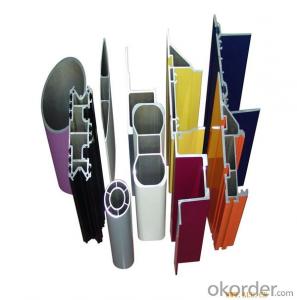Aluminum wire, a versatile and efficient conductor, has been a cornerstone of modern innovations for over a century. Its lightweight, high conductivity, and corrosion resistance make it an ideal material for various applications. From power transmission lines to everyday electronics, aluminum wire has played a significant role in shaping our world. Let’s dive into the fascinating world of aluminum wire and explore its properties, applications, and the innovations it has enabled.
The Journey of Aluminum Wire
Aluminum wire’s story begins in the late 19th century when it was first introduced as a substitute for copper in electrical applications. The discovery of the Hall-Héroult process in 1886 by Charles Martin Hall and Paul Héroult revolutionized aluminum production, making it more affordable and accessible. This breakthrough led to a surge in aluminum wire usage, as it offered a more cost-effective alternative to copper without compromising on performance.
Properties that Make Aluminum Wire Stand Out
– Lightweight: Aluminum’s low density makes it easier to handle and install compared to copper. This property is particularly beneficial in large-scale projects where weight can be a significant factor.
– High Conductivity: Although not as conductive as copper, aluminum’s conductivity is more than sufficient for most applications. It’s about 61% as conductive as copper, which is still impressive.
– Corrosion Resistance: Aluminum forms a protective oxide layer when exposed to air, which prevents further corrosion. This self-healing property ensures the wire’s longevity and reliability.
Versatility in Applications
Aluminum wire’s versatility is evident in its wide range of applications across various industries. Let’s take a look at some of the key areas where aluminum wire has made a mark.
Power Transmission
Aluminum wire is a staple in power transmission due to its ability to conduct large amounts of electricity over long distances with minimal energy loss. Its lightweight nature also reduces the structural support required for transmission lines.
Electronics and Telecommunications
In the world of electronics, aluminum wire is used in various components, such as transformers, capacitors, and inductors. Its lightweight and high conductivity make it perfect for these applications.
Automotive Industry
The automotive industry has embraced aluminum wire for its lightweight properties, which contribute to fuel efficiency and reduced emissions. It’s used in engine components, sensors, and electrical systems.
Aerospace and Defense
Aluminum wire is also crucial in aerospace and defense applications, where lightweight and high-strength materials are paramount. It’s used in aircraft wiring, control systems, and even satellite components.
Innovations Enabled by Aluminum Wire
The use of aluminum wire has paved the way for numerous innovations. Let’s explore some of the most notable ones.
Energy-Efficient Technologies
Aluminum wire has contributed to the development of energy-efficient technologies by enabling the transmission of electricity with less energy loss. This has been crucial in the advancement of renewable energy sources like solar and wind power.
High-Speed Data Transmission
The high conductivity of aluminum wire has facilitated the development of high-speed data transmission technologies, such as fiber optics, which rely on the reflection of light signals.
Electric Vehicles (EVs)
Aluminum wire plays a vital role in the EV industry, where lightweight materials are essential for increasing range and performance. It’s used in the construction of electric motors and charging systems.
The Future of Aluminum Wire
As we look to the future, aluminum wire continues to be a key player in technological advancements. With the push for sustainable energy solutions and the need for lightweight materials in various industries, aluminum wire’s role is only set to grow.
Personal Touch: The Aluminum Wire in My Life
On a personal note, aluminum wire has had a significant impact on my life. Growing up, I was always fascinated by the way electricity flowed through wires, powering our homes and devices. The first time I saw aluminum wire being used in a school project, I was hooked. It sparked my interest in electrical engineering and led me to where I am today.
Conclusion
Aluminum wire’s journey from a mere substitute to an indispensable component in modern innovations has been nothing short of remarkable. Its unique properties and wide range of applications have made it a favorite among engineers, scientists, and innovators alike. As we continue to push the boundaries of technology, aluminum wire will undoubtedly remain at the forefront of these endeavors.

